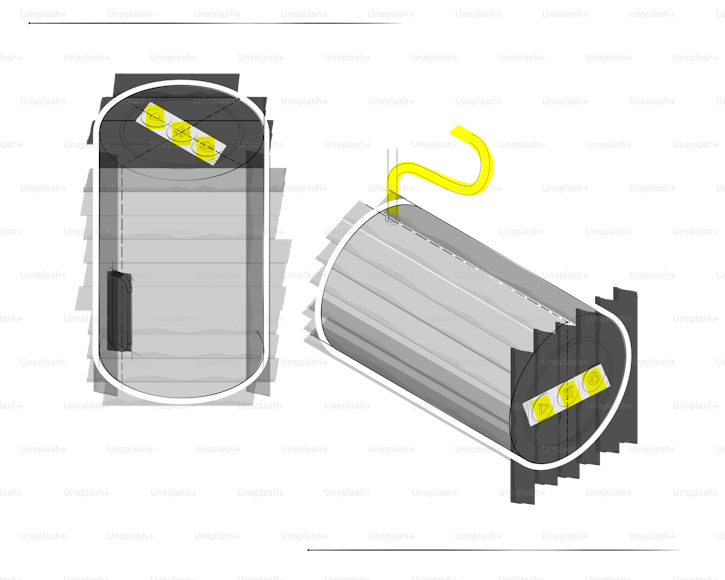

Solid-state batteries are known as a promising next-generation energy storage technology which we expect in time in return to revolutionize that of the industries, such as in our electric vehicles (EVs), andnss much as consumer electronics, which effect also can be seen within that of a renewable energy systems like that of then traditional lithium-ion batteries, which is built to make use of liquid or even the electrolytes in place to transport ions across anode and that of a cathode, hence the solid-state batteries as built in such a way that it makes use of a solid electrolyte.
Of which the key features and as much as the advantages has to do with Improvement in safety on-flammable electrolyte of which the traditional liquid electrolytes which is known as the lithium-ion batteries are known to be flammable in thèir nature if building which are also prone to thermal runaway, hence with the solid electrolytes are also s stable which made it significant in reducing the risk associated with fires and also explosions.
The challenges and its limitations have to do with the manufacturing Complexity, and producing solid-state batteries is very expensive which is as such as technically challenging, with the processes requiring precise control with that if a specialized material, that are used in making mass production difficult and in the other way round the temperature sensitivity on solid electrolytes perform are regarded as poorly in terms of room temperature, which needs external new materials just to impro it functionality.
Am @kingworld-line






